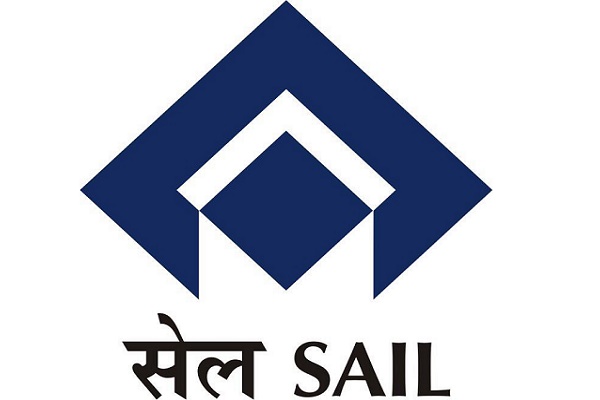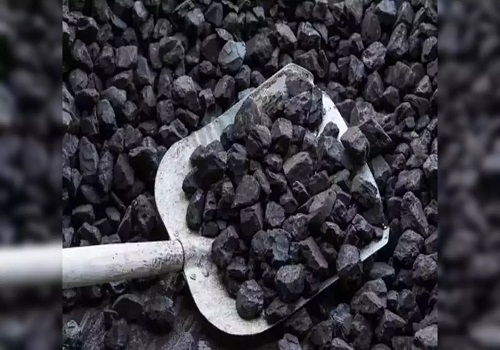FY21 listed space capex resilient relative to `investment rate`; capex environment augmented by 2-decade high `CFO/Capex` ratio! - ICICI Securities

FY21 listed space capex resilient relative to ‘investment rate’; capex environment augmented by 2-decade high ‘CFO/Capex’ ratio!
In the immediate pre-pandemic period of FY20, ‘nominal investment rate’ dipped to 28.8% while the share of ‘non-financial corporations’ in the overall GFCF was relatively weak at 46% as compared to the 5-year average (FY15-20) of 48.3%. In the pandemic year of FY21, the ‘nominal Investment rate’, dipped further to 27.1% which translates into a 9% dip in GFCF to Rs53.5tn. However, capex in the listed corporate space was relatively better with cash spent on ‘plant property and equipment’ (PPE) falling by 6.6% YoY to Rs5.1tn in FY21 while including acquisitions and investments in subsidiaries it was flat YoY at Rs5.6tn. Consequently, the ratio of listed space capex to GFCF improved in FY21 to 10.5%.
While the aggregate capex by listed India Inc. was relatively resilient, the CFO generated by them grew sharply by 25% YoY to reach Rs11.9trn in FY21 largely driven by cyclical stocks. Ratio of CFO to capex for India Inc. has reached a 2- decade high of 2.2x, which was last realised around the commencement of the previous capex cycle in FY02-04 and bodes well for future capex as demand and utilisation levels improve. CFO after deducting interest obligations of Rs2.1tn is still high at 1.7x capex. Net result of the above is that aggregate debt dipped by Rs1.3tn during FY21 which is having its impact on Industry credit growth and the piling up of cash & investments to Rs 23 tn at the end of FY21.
Sectoral observations on FY21 capex based on listed space data are;
* For FY21, sectors that spent the most on PPE included Energy (Rs2.1tn, including RIL), Utilities (Rs0.5tn), while Auto, Metals, and Telecom were tied at Rs0.4tn each
* Sectors that observed the maximum increase in PPE spends in FY21 over the previous year include Energy, Telecom, Utilities, Cons. Staples and Real Estate
* Top 5 Sectors with CFO exceeding capex (including acquisitions etc.) in descending order of CFO less capex are: Metals, IT, Industrials, Utilities, Materials
Longer term sectoral capex trends since 2015 based on national accounts statistics (NAS) till FY20 are as follows;
* Sectors with rising share within gross capital formation (GCF) in the economy: ‘Communication & services related to broadcasting’, ‘Transportation infrastructure’ and ‘Public administration and Defence’ improved their share in the ‘gross fixed capital’ (GFC) by 480bps, 180bps and 150bps to reach 6.5%, 5.9% and 10% respectively since 2015.
* Sectors with declining share within gross capital formation (GCF) in the economy: ‘Real estate’ is the largest contributor to the fall in GCF since 2015 with its share falling by a massive 590bps to reach 22%. Other key sectors that have seen a drop in their share of GCF include ‘Utilities’, ‘Manufacturing’ and ‘mining’.
* In the listed space, the share of cash spent on PPE has decreased the most for Utilities, Metals and Auto at 500 bps, 380 bps and 380 bps to reach 9.6%, 8.2% and 8.5% respectively over FY15-21. On the flip side the sectors which saw the most increase in the share of cash spent on PPE since 2015 was Energy including RIL at 1550 bps to reach 41.4%.
Other key factors which are conducive for the capex cycle are as follows:
* Resilient global commodity prices and improving capacity utilisation in certain sectors (Steel, Cement) to drive investment demand
* Declining real interest rates for corporate borrowers and comfortable liquidity in banking system and overall capital markets. Weighted average lending rates for corporates have been on the decline over that past few years while ‘wholesale price inflation’ has reached double digits. Low real interest rates and surplus banking system liquidity are positive for investments along with enough risk appetite for other capital raising avenues such as equity and bond issuances.
* As ‘current account deficit’ rises ‘net foreign savings’ to be absorbed into new age sectors like ICT which have seen rising FDI: Over the past several years, information technology which includes the digital space has absorbed significant FDI (>50% of FY21 FDI was in ‘Computer software and hardware’). Net domestic savings is the key driver of ‘Investment rate’ in the economy along with contribution from ‘net foreign savings’ which is equal to the current account deficit. As the current account surplus moves into deficit territory in FY22, foreign flows will begin to get absorbed into the economy as ‘net foreign savings’ to the extent of the CAD.
* Counter cyclical fiscal policy of the government augmented by significant improvement in tax buoyancy: Despite the pandemic tax buoyancy has been strong (Q1 net tax revenue of Rs4.12tn or 27% of BE) which is improving prospects for increased spending on capex as promised in the Union Budget for FY22E. Q1FY22 has already seen a significant jump in capex spent at Rs1.1tn (26.3% YoY) and 20% of BE.
* Investments in manufacturing for exports as global demand outlook strong. Progress on the US Infrastructure plan is further improving the narrative on the global capex cycle.
* Top buys which are driven by capex /investment cycle and related credit cycle: Large caps: Larsen & Toubro, Ultratech, Hindalco, Bharti Airtel, NTPC, ONGC India, GAIL, Tata motors, and State Bank of India; Midcaps: Cummins, Oil India, Motherson Sumi, ACC, Tata communications; Small caps: KEC, CESC, JK Lakshmi ltd.
To Read Complete Report & Disclaimer Click Here
For More ICICI Securities Disclaimer https://www.icicisecurities.com/AboutUs.aspx?About=7
Above views are of the author and not of the website kindly read disclaimer




















